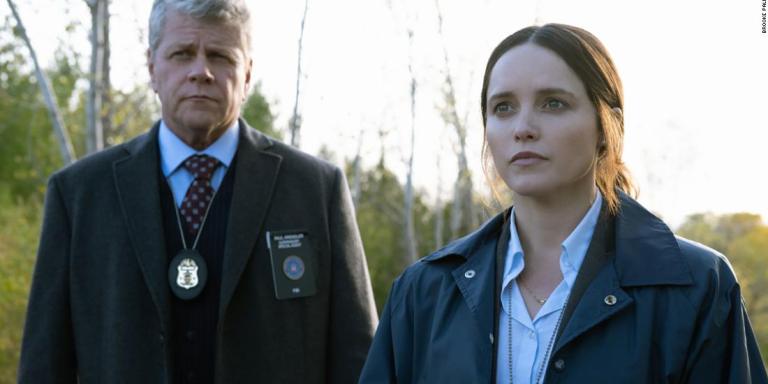
Free love is a term that today means sexual freedom as in the right and ability to sleep with whomever you want whenever they might let you. However, this isn’t how the term was used before the 19th century. Back then, it primarily referred to the ability to marry and divorce as two consenting adults saw fit without the consent or pardon of the Church or the state. Most times it had almost nothing to do with sex at all and everything to do with individual, marital, and female rights.
This was true in America as well up until the 20th century with some exceptions that did emphasize sex. Leave it to Americans to make it dirty.
Ranging from the socialistic to the anarchistic and religious, below are five free love movements (two of which were horror shows) that you were almost definitely not taught about in school.
1. The Oneida Community

In 1848, John Humphrey Noyes founded a Christian community in Oneida, NY. The group adhered to the belief that Jesus’s second coming had already occurred in the year 70AD and that it was now possible for believers to bring forth Christ’s kingdom in a sin-free society. Other Oneida type groups also sprung up across the Northeast and, at its peak, the group had over 300 members. The groups made money by making silverware.
Believing that people should be able to have sex with whomever they wanted, the group engaged in a kind of ‘complex marriage’ whereby social cohesion and procreation were the goals in that order. They also believed that it “takes a village” to raise a child and the entire community was expected to contribute to this goal. As might be expected, this made a lot of the members miserable since they were often separated from their children and since Noyes got to pick who was allowed to have sex with who.
Oh, and they also had sex with children.
Noyes himself apparently decided he should be the one having sex with 12 and 13 year olds in the community but “sex tutoring” in general was common with older women “teaching” adolescent boys and older men “teaching” adolescent girls.
2. Greenwich Village Feminism
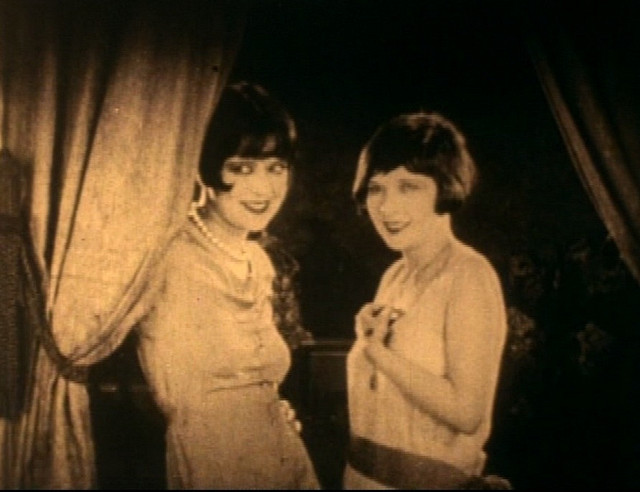
While other burgeoning and established feminist movements were concerned with the right to vote and other rights to make them the social equals of men, the Greenwich Village feminists were doing their own thing. Less concerned with equal rights and revolution and more concerned with sexual liberation, the Greenwich Village community of the early 1900s were anarchists and consisted of some men and more women who embraced both free love and homosexuality to a certain degree.
Despite their highly unorthodox views at the time, many in the anarchist and feminist community at large still viewed the Greenwich Village members as largely missing the point of anarchist social revolution for the working majority. Even anarchist icon Emma Goldman felt that they basically didn’t get it, expressing her disappointment that the Greenwich Village publication “The Masses” devoted a whole issue to women’s suffrage which she viewed as a half measure.
Sexually, the Greenwich Village group expressed no method in their practice of “free love.” They just did it. Notably, the women of the group were often seen as the more sexually aggressive. “The ‘free women’ of the Village often took the initiative in sexual matters, for example, whispering to a man: ‘God, what a lover you would be.‘”
However as feminists and anarchists they were a failure. Seen largely as devolving into frivolity, silliness, and social rebellion for its own sake over time, this brand of feminism ultimately gave birth to the party girl flappers of the roaring 20s who emphasized sex and hedonism over all else.
3. Kerista
Adhering to “polyfidelity,” the creation of “intentional communities” and implementing a rotating sleeping schedule, the Kerista religion was founded in the late 1950s in NYC and codified in the 1970s in San Francisco on the principles of monetary and familial equality.
Group marriage and shared parenting were the mainstays of Kerista. Groups of four to fifteen people typically engaged in a group marriage and did not have sex with others outside this group, thus the term ‘polyfidelity.’ They also had a fixed sleep schedule where every member of this fidelity group would rotate beds every day. This was required. However, this didn’t mean that people didn’t leave groups for other groups. They did. Groups would break apart and reform all the time.
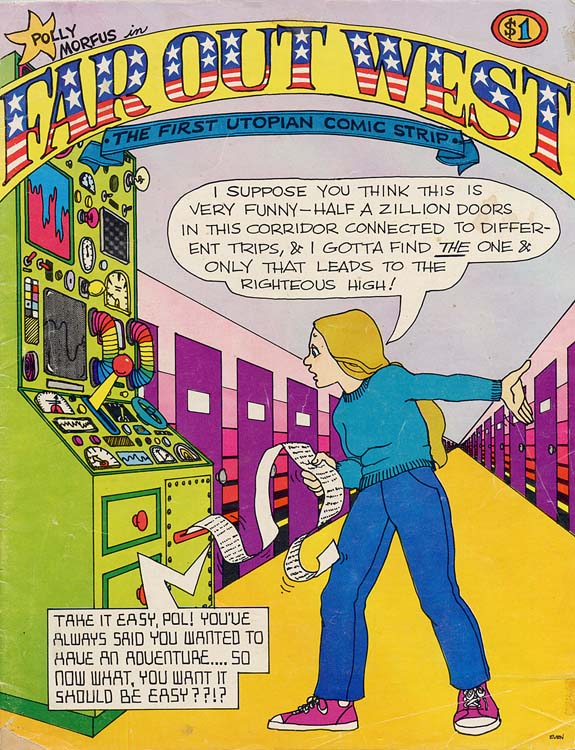
However, the polyfidelity arrangements didn’t keep people from fighting or being unhappy and some members report that they weren’t any more happy in these arrangements than they had been in monogamous relationships. The group also maintained a list of eighty four rules for how members of the groups could interact with one another including a rule against cursing and a rule that basically means that no one is allowed to feel humiliated.
If you broke the rules then you had to all come together and have a big discussion of what rules had been broken and by whom. Sounds super chill and not at all more stressful than just working things out with a significant other.
4. The Farm
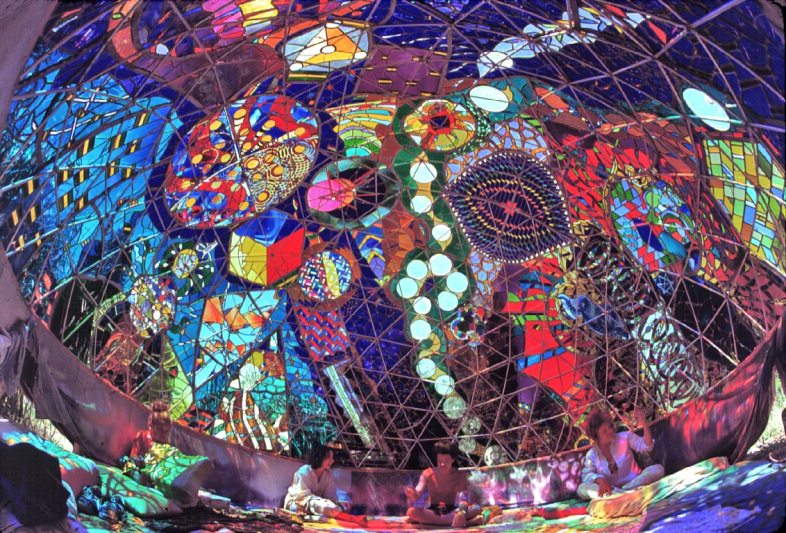
Located on over a thousand acres of land in central Tennessee, the Farm was founded by San Francisco hippies in 1971 as a commune which still exists today. Of all the groups on this list, the Farm was and is the most stable group. One distinction between The Farm group and groups like Kerista is that group marriage was not required or even encouraged despite many members engaging in the practice including The Farm’s founder, Marine veteran Stephen Gaskin. Birth control and abortion were also rejected in the community.
However, none of these multiple marriages lasted more than ten years. By the 1980s, even Stephen Gaskin was in a monogamous marriage. Interestingly, members of The Farm came to the decision that monogamous marriage was better for community than was multiple marriage.
Unlike many others, this group didn’t fall apart and continues to exist to this day with 250-300 members now living at The Farm. They continue to do charitable work as well, having been among the first individuals to provide charitable assistance to the victims of Hurricane Katrina.
What really distinguishes The Farm in comparison to other free love communities and even other communes is that it always focused on service to society and contributing positively. It wasn’t an escapist community despite being isolated. This, it seems, allowed it to change towards what suited the community best.
5. The Family International
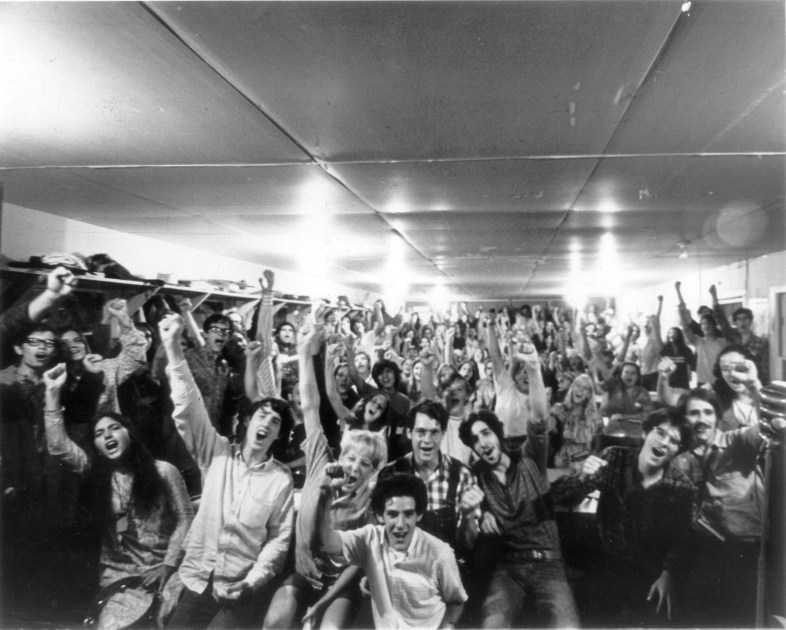
We arrive now at the final group on this last currently called the Family International. Previously they have gone by the names The Children of God, The Family of Love, and just The Family. They are one of the most horrifying groups to come out of the free love era of the 1960s.
The group’s founder, David Berg, was raised in an evangelical home and was eventually kicked out of a church for sexual misconduct. He went on to found The Children of God, a group that acknowledged Berg as “Moses David.”
Because of complaints of sexual misconduct (again) and financial abnormalities, Berg dissolved The Children of God and founded the Family of Love. The Family of Love was based on spreading his gospel through a process called “flirty fishing,” literally acquiring new male members through sex. Female members would go out and bring male members into the fold by having sex with them. The women that engaged in this practice were called “God’s Whores” within the group. This was seen as a very good thing. Between 1974 and 1978, female members of the group had sex with nearly a quarter of a million men (223,989). Of course, most of these men did not join the fold.
In addition to “flirty fishing” the group also engaged in the promotion of sexual “expression” between children starting as young as the age of two and included sex between adults and children aka pedophilia. The group sought to minimize reports of this abuse once it got out but former members of the group consistently state that it was widespread and accepted. A number of children whose parents were in the group have since come forward to talk about their experiences including both River and Joaquin Phoenix. Tragically, some have also been unable to cope with the abuse. Ricky Rodriguez, having suffered sexual abuse as a child, later killed one of his abusers and later took his own life. The group’s founder had wanted Rodriguez to ultimately lead his church.
https://www.youtube.com/watch?v=JUJIFiWEG78
In the 90s, the group was supposedly reformed and now functions under the name The Family International. The public charity the Family Care Foundation also allegedly has ties to the Family International although the organization denies this.
Free love wasn’t as common in the 1960s as it’s often portrayed in movies and music but one thing that free love groups all seem to share is that they either don’t last as organizations, they become something perverse, or they quit practicing free love. ![]()



![100+ “Scary Stories to Read in the Dark” to Leave You With Chills [2021]](https://thoughtcatalog.com/wp-content/uploads/2018/06/24872467671_ede818a4a0_o.jpg?w=768&h=384&crop=1)
